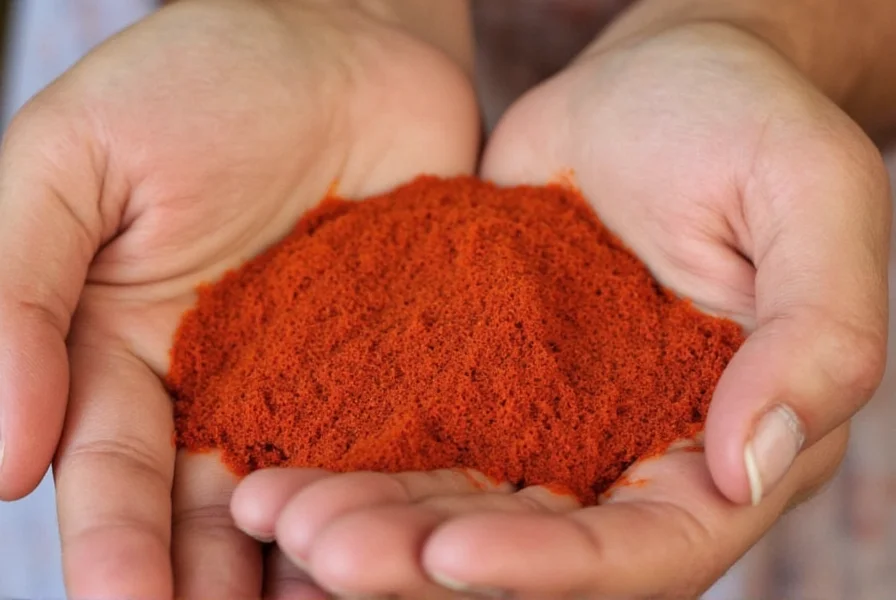Many pet owners search for natural solutions to common dog behavior issues or health concerns, sometimes considering household spices like cayenne pepper. While humans enjoy cayenne for its culinary and potential health benefits, this common kitchen ingredient poses serious dangers to canine companions. Understanding why cayenne pepper harms dogs and recognizing safer alternatives is crucial for responsible pet care.
Why Cayenne Pepper Is Dangerous for Dogs
Cayenne pepper contains capsaicin, the compound responsible for its spicy heat. Dogs lack the biological tolerance humans have developed for capsaicin, making even small exposures potentially harmful. When dogs encounter cayenne pepper, they experience:
- Immediate burning sensation in the mouth and throat
- Irritation of the digestive tract lining
- Respiratory distress when inhaled
- Potential corneal damage if接触到 eyes
- Severe gastrointestinal upset
Unlike humans who can articulate their discomfort and drink milk to alleviate the burning, dogs cannot communicate their pain effectively and have limited options for relief once exposed.
Common Misconceptions About Cayenne Pepper and Dogs
Despite veterinary warnings, several dangerous myths persist in pet care circles:
| Myth | Reality |
|---|---|
| Cayenne pepper deters dogs from chewing furniture | Causes unnecessary pain and potential injury without addressing underlying behavioral issues |
| Small amounts of cayenne boost canine circulation | No scientific evidence supports this; risks far outweigh unproven benefits |
| Natural means safe for dogs | Many natural substances like onions, garlic, and cayenne are toxic to dogs |
| Dogs will simply avoid cayenne on their own | Curious puppies and food-motivated dogs may ingest it before recognizing danger |
Symptoms of Cayenne Pepper Exposure in Dogs
If your dog has encountered cayenne pepper, watch for these symptoms which may appear within minutes:
- Excessive pawing at mouth or face
- Vigorous shaking of head
- Intense drooling or foaming at the mouth
- Vomiting or dry heaving
- Diarrhea
- Sneezing, coughing, or difficulty breathing
- Redness or swelling of lips, tongue, or gums
- Reluctance to eat or drink
- Whining or signs of distress
Symptoms typically appear quickly after exposure and may last 12-24 hours depending on the amount ingested. Severe cases require immediate veterinary attention.
What to Do If Your Dog Is Exposed to Cayenne Pepper
If you suspect your dog has ingested or come into contact with cayenne pepper, follow these steps:
- Remain calm to avoid stressing your dog further
- Rinse your dog's mouth gently with cool water (do not use milk as it can worsen irritation)
- Wipe exposed skin areas with a damp cloth
- Offer small amounts of water to drink
- Contact your veterinarian or pet poison control immediately
- Do not induce vomiting unless specifically instructed by a professional
- Monitor breathing and behavior closely
For respiratory exposure (if your dog inhaled cayenne), move them to fresh air immediately. Never attempt home remedies without veterinary guidance, as some common suggestions can exacerbate the problem.
Safe Alternatives to Cayenne Pepper for Common Dog Issues
Instead of risking your dog's health with cayenne pepper, consider these veterinarian-approved alternatives:
- For chewing deterrents: Use commercial bitter apple sprays specifically formulated for pets
- For digestive issues: Consult your vet about appropriate probiotics or dietary changes
- For circulation concerns: Discuss safe exercise routines and proper nutrition with your veterinarian
- For pest control: Use pet-safe insect repellents instead of DIY cayenne solutions
- For training: Employ positive reinforcement techniques rather than aversive methods
Professional dog trainers and veterinarians emphasize that positive reinforcement training produces better long-term results without causing fear or physical discomfort to your pet.
Preventing Accidental Cayenne Pepper Exposure
Protect your dog by implementing these safety measures:
- Store spices securely in cabinets dogs cannot access
- Avoid using cayenne-based pest deterrents in areas your dog frequents
- Be cautious when cooking with spicy ingredients around pets
- Supervise dogs in gardens where chili plants may grow
- Educate all household members about the dangers of cayenne for dogs
Remember that curious puppies and food-motivated dogs may investigate and ingest substances before recognizing they're harmful. Prevention is always preferable to treatment when it comes to canine safety.

When to Seek Veterinary Care
Contact your veterinarian immediately if your dog shows:
- Difficulty breathing or excessive coughing
- Persistent vomiting or diarrhea lasting more than 2 hours
- Signs of eye irritation or vision problems
- Extreme lethargy or collapse
- Refusal to drink water for more than 4 hours
- Any symptoms that worsen over time
Early intervention prevents complications and reduces your dog's suffering. Your vet may recommend supportive care, anti-inflammatory medications, or other treatments depending on the severity of exposure.
Understanding Canine Physiology and Spice Sensitivity
Dogs experience capsaicin differently than humans due to physiological differences:
- Dogs have more sensitive mucous membranes than humans
- Their respiratory systems are more vulnerable to irritants
- They cannot sweat effectively to cool their bodies
- They lack certain enzymes that help humans process spicy compounds
- Their smaller body size means even tiny amounts can cause significant effects
What humans perceive as mildly spicy can feel intensely painful to dogs. This biological reality makes cayenne pepper an inappropriate substance for canine use under any circumstances.











 浙公网安备
33010002000092号
浙公网安备
33010002000092号 浙B2-20120091-4
浙B2-20120091-4